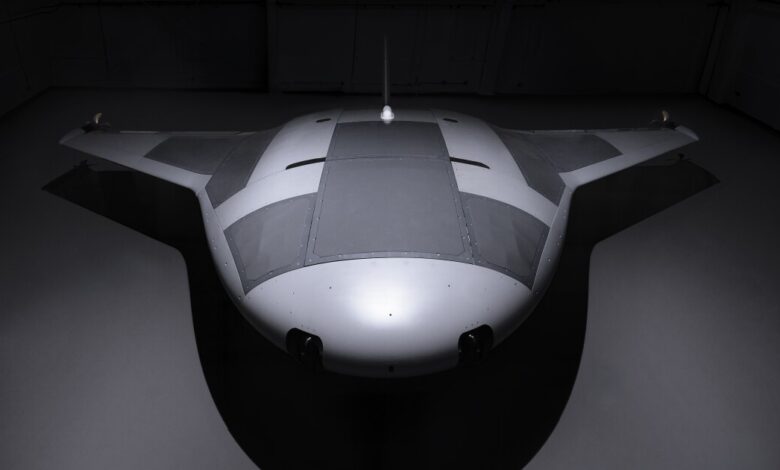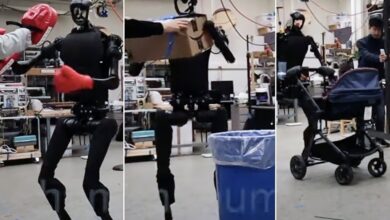Northrop Grumman debuts Manta Ray robotic underwater glider

Northrop Grumman introduces its first completed prototype Manta Ray Uncrewed Underwater Vehicle (UUV) that it is developing for DARPA. The extra-large submarine glider is designed to carry out long-range undersea missions without human assistance.
When you’ve been dealing with engineering problems as long as nature has, you’re bound to come up with an impressive list of good ideas and human engineers have recognised this going back to Leonardo da Vinci and bird-based flying machines. Taking a cue from this, Northrop Grumman has come up with the Manta Ray, which combines the hydrodynamics of its namesake fish with some high-tech autonomous systems and energy-saving propulsion.
Not a lot has been released about Manta Ray. Even though its dimensions are hush hush, the vehicle is supposed to be long-range and large-scale. It’s designed to carry a variety of payloads for different missions with an emphasis on endurance rather than speed.
Manta Ray
According to Northrop Grumman, the Manta Ray prototype will be used to develop advanced underwater autonomous technologies. It will use energy-saving systems, including the ability to anchor itself on the bottom and go into hibernation mode, and has a modular construction that allows it to be packed in five standard shipping containers for worldwide deployment and in-field assembly.
“Manta Ray will provide payload capability from the sea, making it a critical component of subsea warfare and the DoD’s Joint All Domain Command and Control (JADC2) vision,” said Alan Lytle, vice president, strategy and mission solutions at Northrop Grumman.
DARPA awarded contracts to Northrop Grumman, Lockheed Martin Advanced Technology Laboratories and Navatek LLC in 2021, launching the Manta Ray program.
Source: Northrop Grumman



